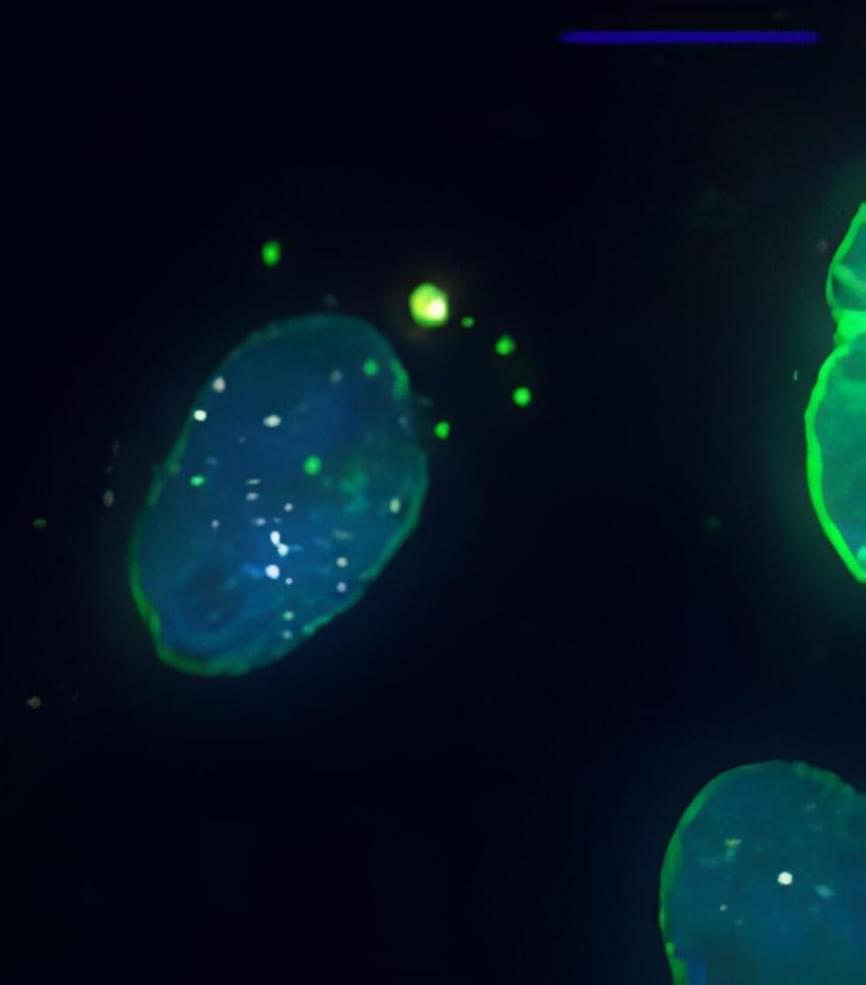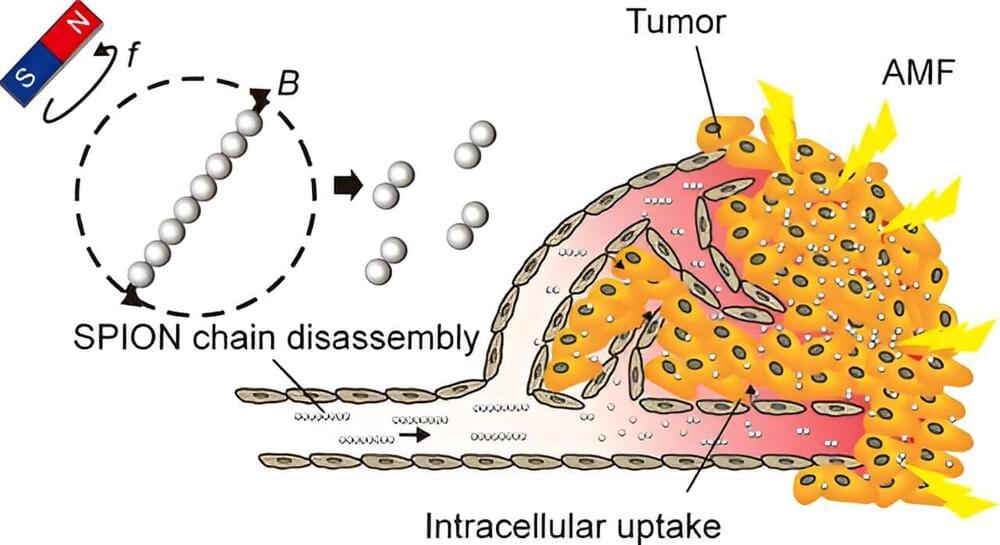Researchers at ETH Zurich recently identified a previously unknown compartment in mammalian cells. They have named it the exclusome. It is made up of DNA rings known as plasmids. The researchers have published details of their discovery in the journal Molecular Biology of the Cell.
The new compartment is in the cell plasma; it is previously uncharacterized in the literature. It is exceptional because eukaryotic cells (cells with nuclei) usually keep most of their DNA in the cell nucleus, where it is organized into chromosomes.
Some of the plasmids that end up in the exclusome originate from outside the cell, while others—known as telomeric rings—come from the capped ends of chromosomes, the telomeres. Particularly in certain cancer cells, the ones from the telomeres are regularly pinched off and joined together to form rings. However, these don’t contain the blueprints for proteins.







